| Your browser is not supported. | ||
|
Please browse our site using any of the following options:
| ||
The Lure Of Snapper
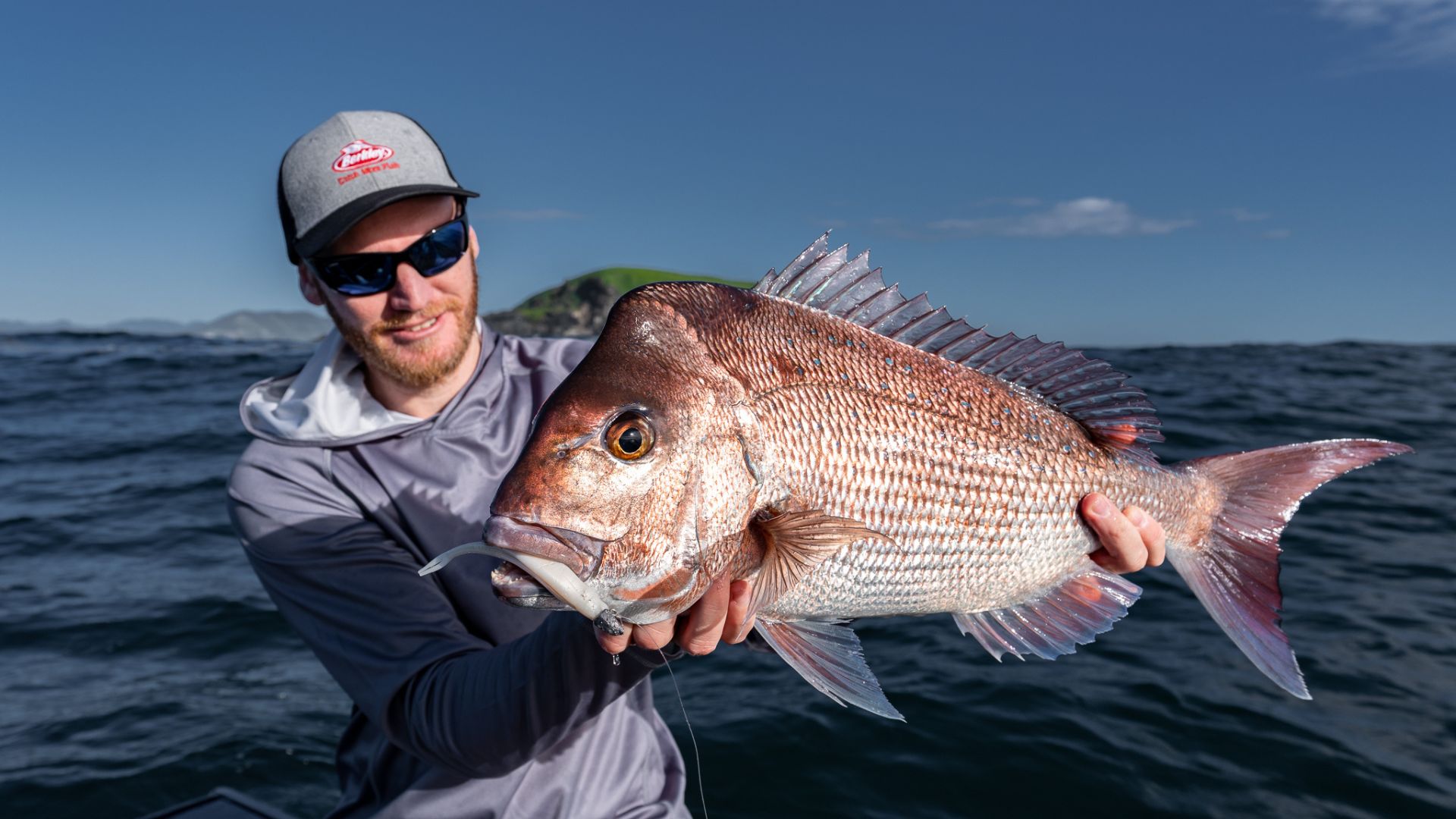
The iconic Snapper is a species spread far and wide in our Australian waters, from Western Australia right around the southern part of the country and up into Queensland. They are targeted by many anglers and for good reason, they look great, grow big and fight hard.
Often thought of as being a bottom dwelling species that spends most of its time eating shellfish off the seas floor, Snapper are in fact a very efficient and opportunistic predator that feature a lot of bait fish and squid in their diet. It's for this reason Snapper are a prime target for anglers who are incline to try some lure fishing!
Where To Find Snapper
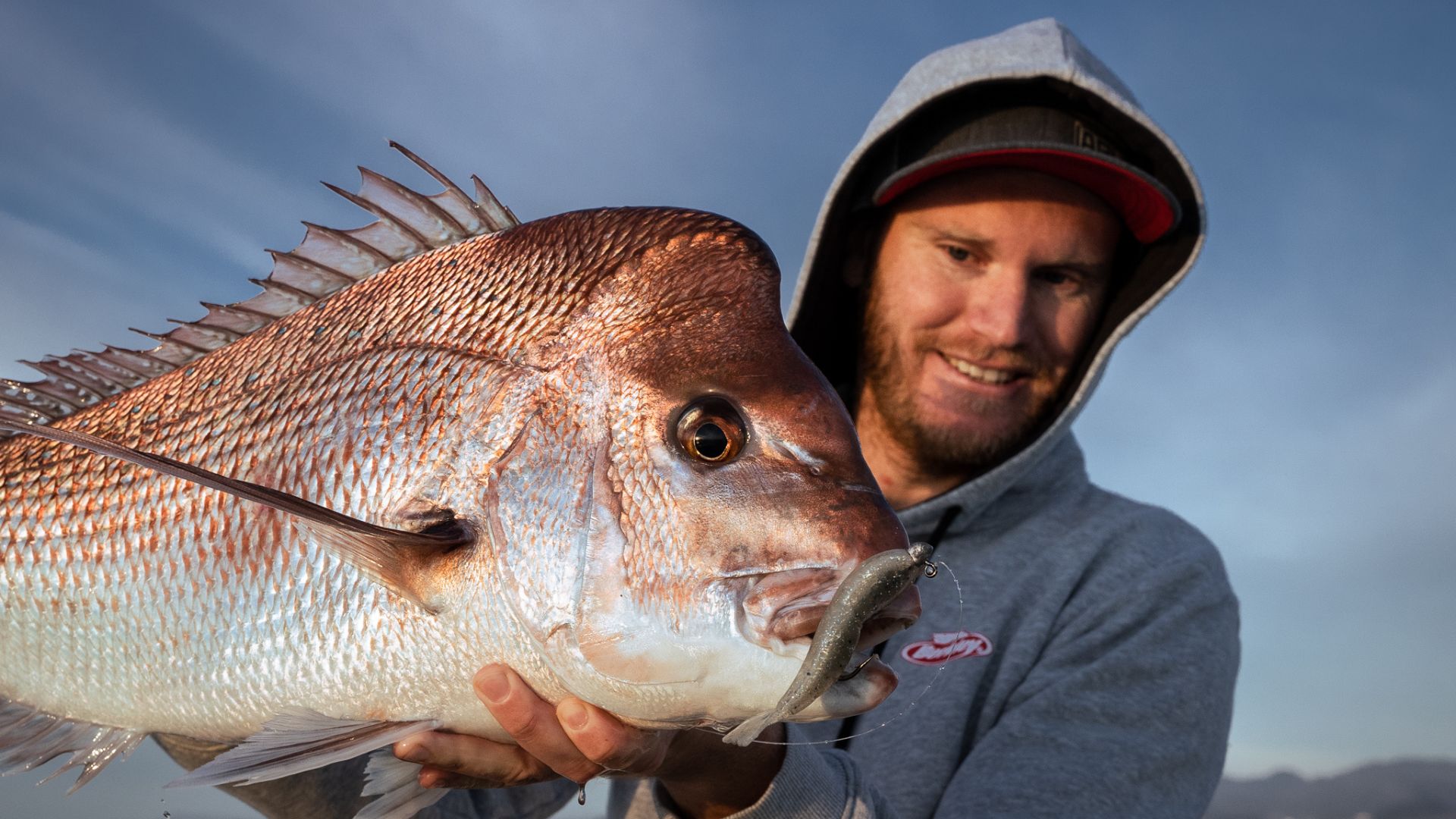
Snapper are an opportunistic feeder and a species that will cover vast distances in their migration routes, so this makes them available in a wide range of locations. Large bays and estuaries, ocean coastlines and both shallow and deep offshore reefs are some of the prime locations to find a hungry Snapper. While Snapper can be caught over sand and mud bottom they really love structure, so if you find reef, rubble, bommies or wrecks, you'll find Snapper not too far away.
A Guide To Snapper Lures
Soft Plastics
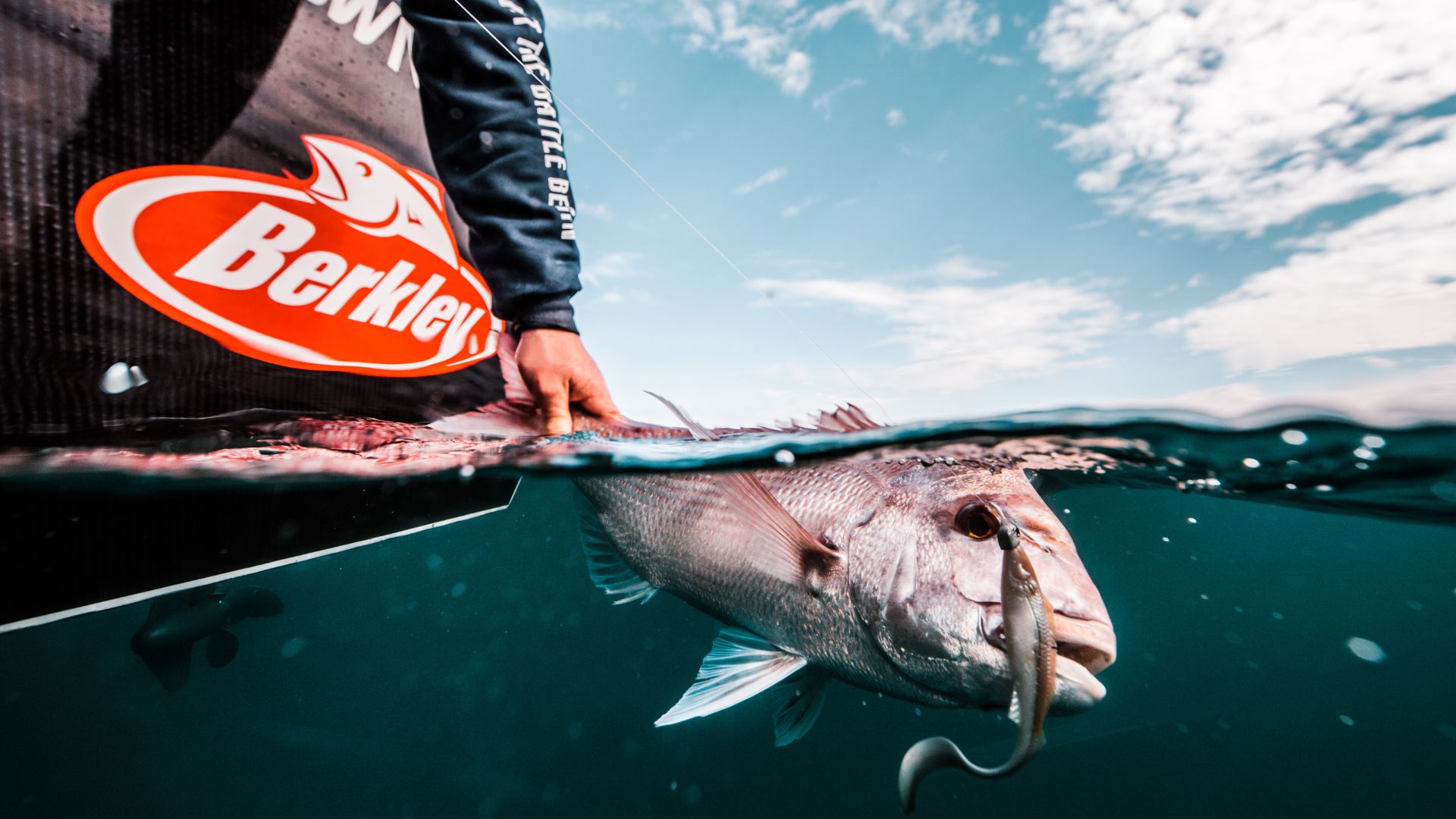
Soft plastics in various forms are a really effective way to target Snapper as not only does a soft plastic look like food and prey that they are searching for, it also represents the action of a baitfish as it sinks through the water column.
Soft plastic styles and patterns vary largely but there is always something suitable to the location you are fishing. Two of the most popular styles on the market today would be the jerk bait style, which is slim in profile and looks like an injured or wounded baitfish while sinking and when worked up with sharp flicks of the rod tip it comes to life as an erratically moving baitfish. The sizes can vary and typically range from 3" to 8" with the most popular being in the 5" to 7" size.
A few good examples are the
The other great plastic for Snapper is a grub or curl style plastic. Unlike the jerk bait style which puts out very little vibration through the water, the curl tail puts out a lot of vibration through its wriggling tail and while this lure is very effective at any level of the water column it is a favourite of anglers when they hop it along the bottom as it imitates a bait that lives on the bottom such as worms and squid. 4" and 5" models are very popular in this style.
When it comes to colours it can vary from day to day and in different locations but a good base to work off is that Snapper seem to really love bright colours or tones that stand out, so pinks, greens and whites are a good starting point. Saying that it always pays to mix it up a bit so if you're looking at getting a couple of packs, then it's worth getting one bright and one with a more natural pattern that matches a baitfish.
Here's a few options to get you on your way:
Jigheads
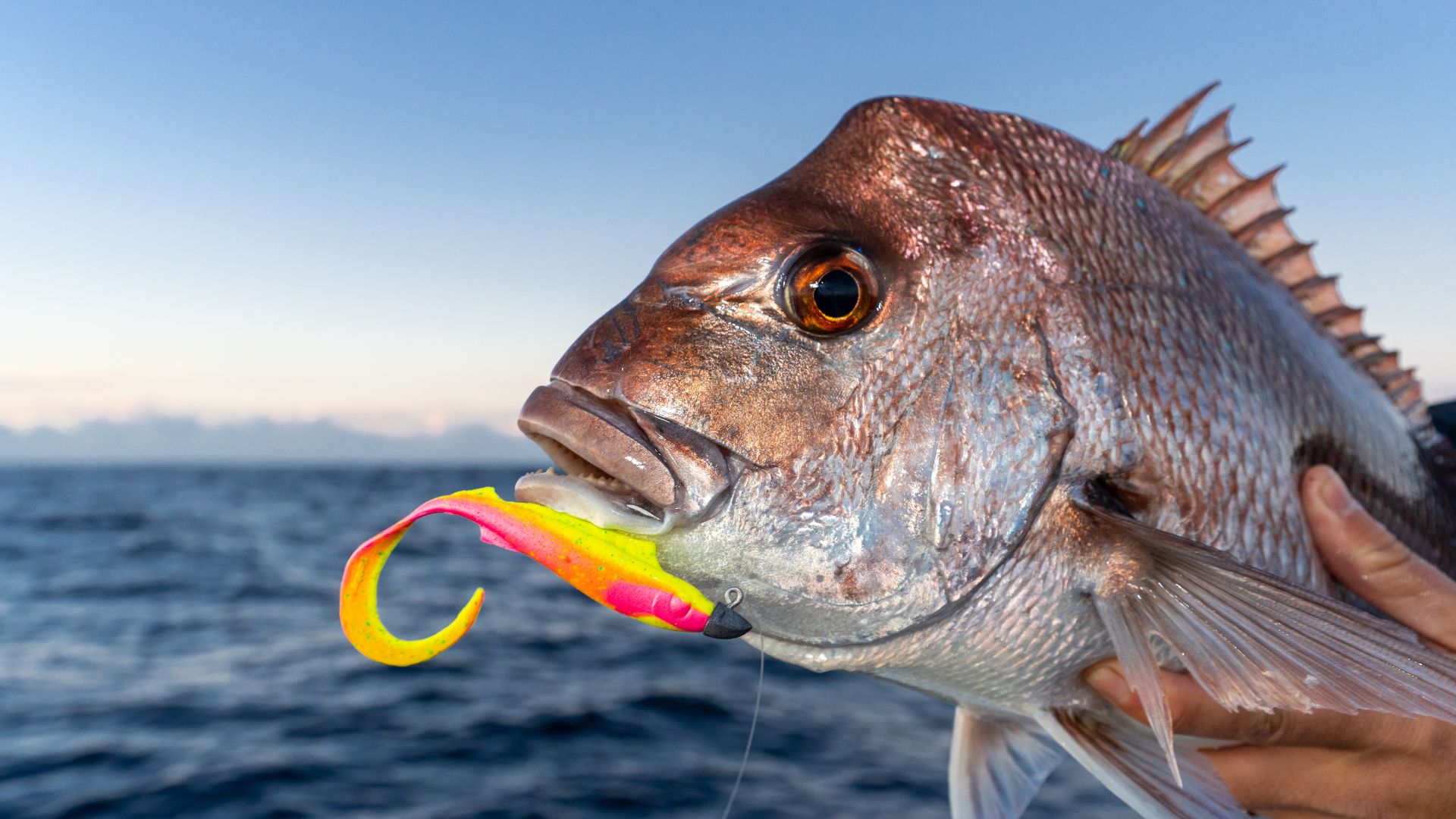
Just as there are lots of plastics on offer there are also lots of jigheads to choose from and getting the right one can and does often mean the difference between success and failure.
When it comes to choosing your jighead, you need to start by looking for a good strong hook as Snapper have hard powerful jaws that can bend hooks, so steer away from light gauge jigheads.
Then to find the right hook size you will need to match the hook to the size of the plastic you plan to use. Choosing a hook that is too small might mean you will miss hookups and if it's too large it will affect the action of the plastic.
When it comes to the actual jighead weight, the aim is to get the lure to fall or swim through the water column in a natural manner rather than rocketing to the bottom - remember the comment about Snapper spending a lot of their time higher in the water column, so keeping your lure falling slower in most cases will catch you more fish.
Ultimately, the water depth, tide and current will help you decide on what size weight you need, but remember, tides change as does water depth, so just like the plastics, it's worth having a few options of jigheads in your tackle bag. Check out our range of jigheads to pick the right one for you.
Metal Jigs
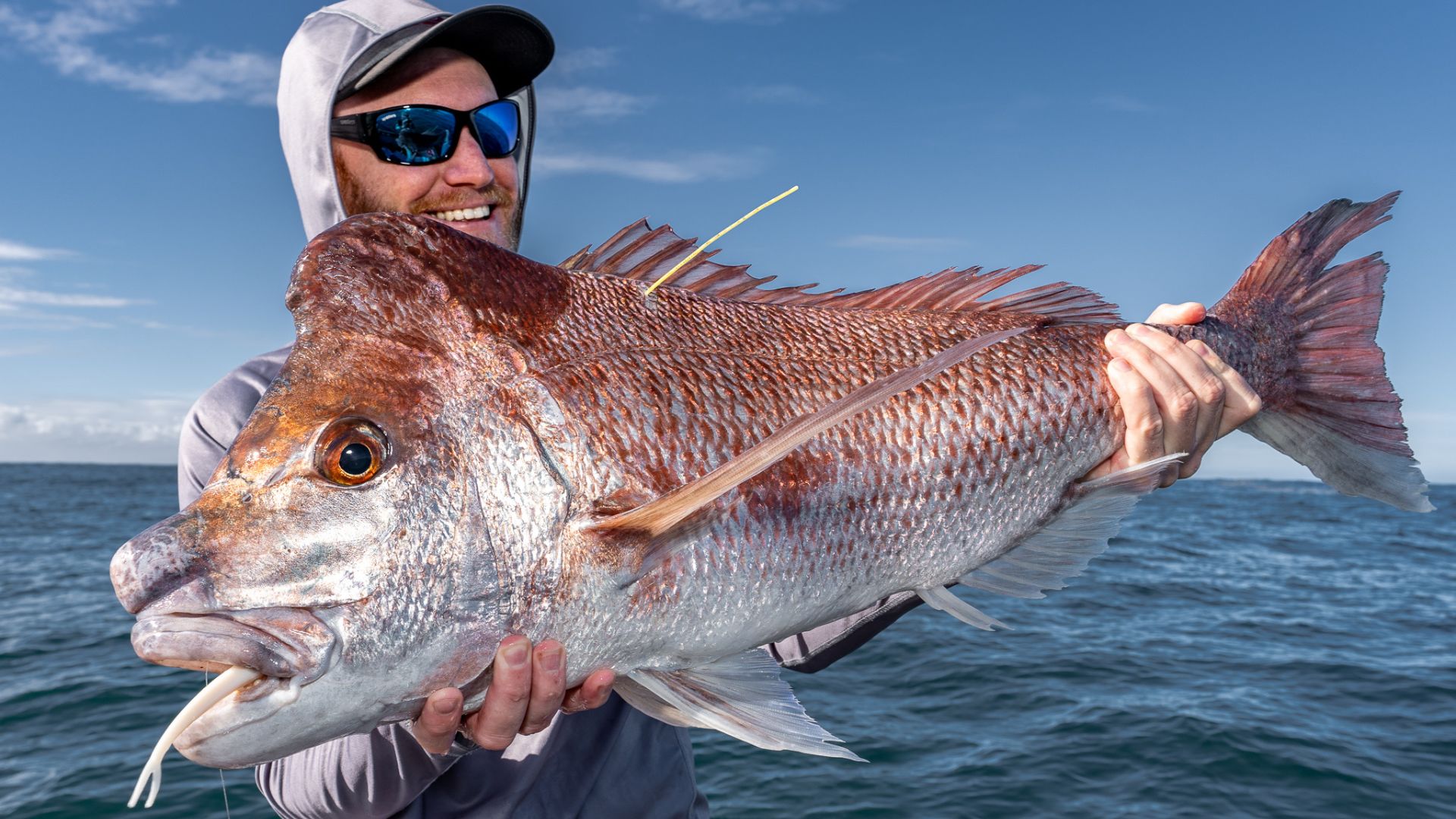
Metal jigs are a great way to target Snapper, especially in deeper water or where fish are holding close to the bottom or tight on structure. They come in many different forms but the patterns that seem to work best are the slow pitch models that are shorter and wider in design and have a fluttering action when gently worked up and down. Similarly to jigheads, the weights of metal jigs you choose will depend on the water depth, tide and current, so pay attention to where you'll be fishing and take a few options with you.
There's not much to the action with these jigs. Position the boat over the area you want to fish, and drop your jigs vertically down. As your jig finds the bottom, engage your reel and start your jigging in a nice slow rhythmic action. More often than not, you won't need to bring your jig all the way to the surface, instead, once you have brought it up to the top third, drop it back down and start the process all over again.
Here are some great jig options to try
Grab The Best Snapper Lures At Anaconda
Using lures for targeting Snapper can be so much fun and really effective once you know what you're doing. Check out our entire range of fishing lures and give it a go today! If you liked this guide to Snapper fishing lures, then you might also like some of our other fishing articles such as:
- Snapper On The Drift
- Everything You Need To Know About Estuary Fishing With Hard-Body Lures
- How To Catch More Fish With The Berkley Pro-Tech Lure Range
- Hike For The Strike - Your Guide To Remote Fishing
Find your local Anaconda store and check out our extensive fishing range for your next outdoor adventure.